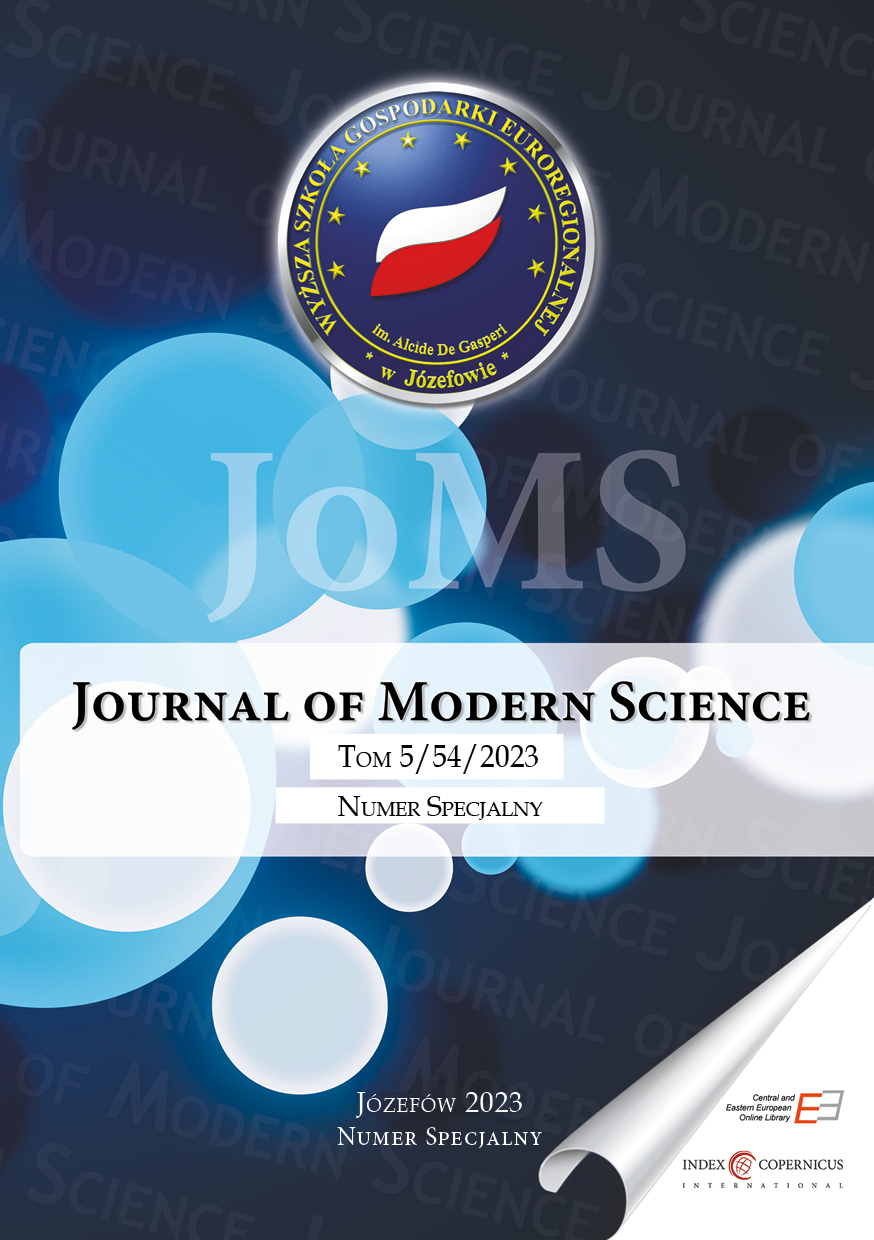Comparative analysis of production systems in the automotive industry
Comparative analysis of production systems in the automotive industry
Author(s): Radosław PiątekSubject(s): Business Economy / Management
Published by: Wydawnictwo Akademii Nauk Stosowanych WSGE im. A. De Gasperi w Józefowie
Keywords: WCM; TPS; World Class Manufacturing; Toyota Production System; Nissan Production Way; NPW; production system
Summary/Abstract: Purpose of the following text is to compare three production systems,: Toyota Production System, World Class Manufacturing and Nissan Production Way. For it purpose, a comparative study was carried out based on three categories: system, design, popularity and versatility. For each of the comparison categories, a method was adjusted. System design: comparison of assumptions and system construction schemes according to the authors of a given solution. Popularity: analysis of search engine results from Google, Google Scholar, Bing and Yahoo! obtained from searches for the phrases "Toyota Production System," "World Class Manufacturing" and "Nissan Production Way". Versality: case studies of system implementations by other organisations than authoring automotive corporations. As a result of the comparison, it can be seen that the most complex and elaborate system is WCM, which has a multi-element structure as well as predetermined levels of sophistication. Relatively the simplest of the compared solutions turned out to be NPW. In the case of popularity, the leader is TPS in Google’s search engines, WCM in Bing and Yahoo!, while the least popular solution in the Internet’s space is the system by Nissan Motor Corporation. The versatility category indicates that the TPS and WCM systems have similar implementation capabilities, while NPW turns out to be a specific and exclusive solution for the Renault-Nissan-Mitsubishi Alliance and has no external implementations. The results provide an overall picture of the situation regarding production systems in the automotive industry and can provide a starting point for more advanced analysis of existing solutions and allow the design of other systems.
Journal: Journal of Modern Science
- Issue Year: 54/2023
- Issue No: 5
- Page Range: 253-268
- Page Count: 16
- Language: English

